Simon Fraser University has strategically recruited a team of world-class researchers with the interdisciplinary expertise needed to advance Canadian leadership in the global quantum computing ecosystem.
The SFU strategy is to lead research at every level of the quantum stack. SFU researchers are developing quantum chips and components, programming and software, even quantum networking capabilities. These technologies will provide exponential growth in computing power with numerous applications in areas like drug development, materials science, security, finance, communications and sustainability.
"At SFU, we are developing the technology needed for the quantum network of the future," says Dugan O'Neil, vice-president research and innovation. "Canada's National Quantum Strategy is focused on maintaining Canadian leadership in quantum technology, and SFU researchers are at the forefront of these emerging technologies, that are expected to be available within the next five years."
Physics professor Stephanie Simmons was drawn to SFU by the pioneering work of Professor Emeritus Michael Thewalt who had been shaping the world of silicon transistors since the 1970s and SFU's inventor-friendly IP policies. She brought with her a bold vision: to unlock the potential of large-scale quantum computing using silicon, the same material that powers traditional computer chips.
Together, they established the Silicon Quantum Technology Lab (SQT), where a new generation of researchers began pushing boundaries. Among them, Postdoctoral fellow Daniel Higginbottom and MSc student Alexander Kurkijian led a team that achieved a major breakthrough: the first high-performance method to link silicon spin qubits, the quantum elements at the heart of Simmons' vision.
Unlike traditional computers that rely on bits, quantum computers use qubits units that can exist in multiple states simultaneously. Simmons' research focused on silicon spin qubits, a promising and scalable approach that could revolutionize computing and networking. To bring this technology to life, she co-founded Photonic Inc., a company dedicated to building the world's first scalable quantum platform. Simmons participated in SFU's entrepreneurial training program Invention to Innovation (i2I) which contributed to the business acumen and entrepreneurial mindset needed to launch a deep technology-based startup.
In 2023, Photonic emerged from stealth mode, unveiling its patented technology: silicon spin qubits linked by telecom photons a game-changing innovation that captured global attention. That same year, Photonic announced a strategic collaboration with Microsoft, and more recently, intentions to establish a new R&D facility in the United Kingdom.

Stephanie Simmons (left) meets with U.K. prime minster Keir Starmer as Photonic announces intentions to expand R&D efforts into the U.K.
"Quantum computing is a transformational technology with immense potential. I chose to base my research at SFU for the combination of entrepreneurial supports and the opportunity to work with world class talent in a magnificent city."
-Stephanie Simmons, co-founder of Photonic, Inc.
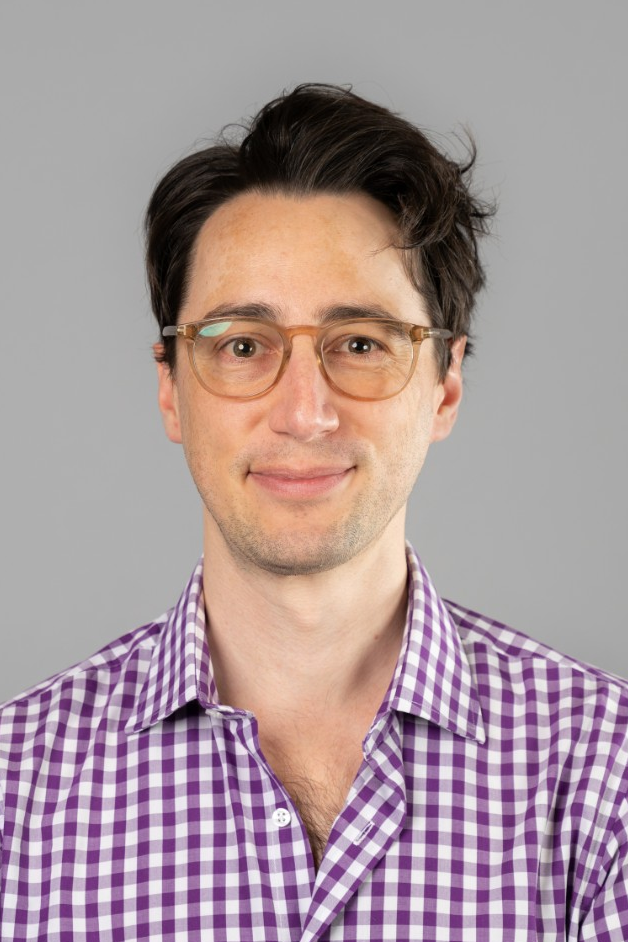
Daniel Higginbottom is director of academic research at Photonic and a vital link between quantum research and its applications
Former Postdoctoral Fellow Daniel Higginbottom now leads research at the SQT Lab, in collaboration with Photonic as their director of academic research. His team recently achieved the first-ever demonstration of an electrically-injected single-photon source in silicon. "Previously, we controlled these qubits, called T centres, optically (with lasers)," says Higginbottom. "Now we're introducing electrical control as well, which increases the device capability and is a step toward applications in a scalable quantum computer."
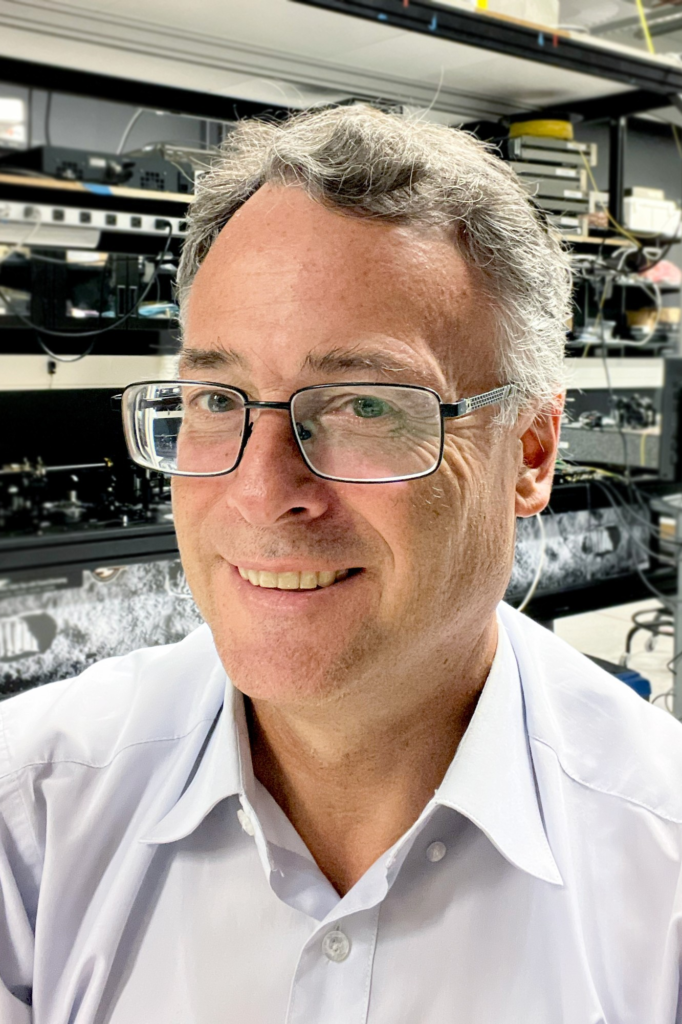
Thomas Jennewein leads the Canadian mission to demonstrate quantum satellite communication
Higginbottom serves as a vital link between emerging research and its real-world applications. One of his key research contacts at SFU is Canada Excellence Research Chair in Global Quantum Internet Systems, and physics professor Thomas Jennewein. Jennewein was recruited to SFU to study the transfer of quantum information with silicon-based quantum devices, developed at the university and in partnership with Photonic.
His research vision is to build quantum communication technology for long range and satellite networks the global quantum internet. He will test these systems in real-world conditions, as lead of the Quantum EncrYption and Science Satellite (QEYSSat) mission to be launched in 2026. QEYSSat aims to demonstrate quantum communication and quantum key distribution between space and ground with stations across Canada.
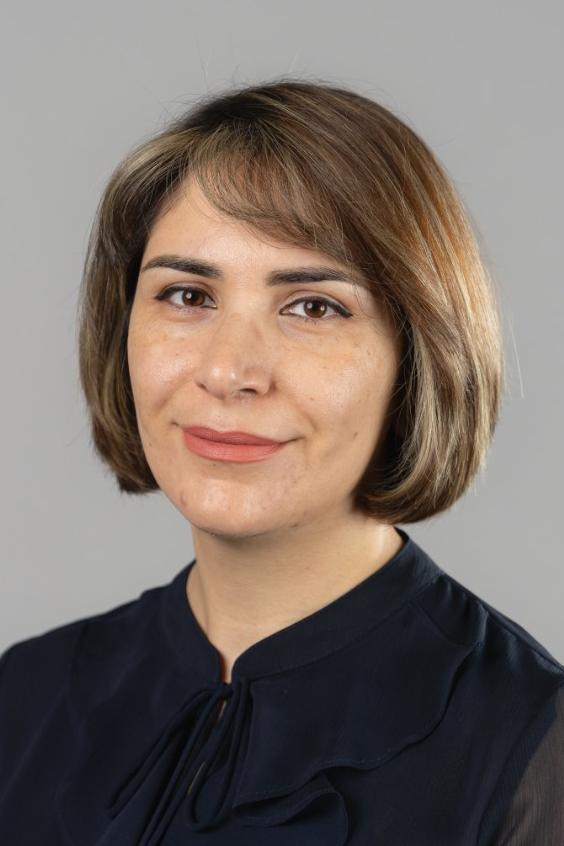
Samira Siahrostami, Canada Research Chair, Surface Electrocatalysis and Electrochemical Transformations
One area of science that will benefit immensely from quantum computing power is chemistry. Quantum computers will have the power to rapidly simulate how molecules interact, aiding in the discovery of new drugs, and the designing catalysts for processes like carbon capture and clean energy.
Chemistry professor and Canada Research Chair (CRC), Surface Electrocatalysis and Electrochemical Transformations Samira Siahrostami, studies catalysis for sustainable energy. Her research uses quantum calculations to simulate chemical reactions at the atomic level.
Quantum computers will enable researchers like Siahrostami to navigate vast chemical spaces and discover catalyst properties for clean energy technologies like fuel cells, electrolyzers, and batteries.
"Quantum technology has tremendous potential to transform clean energy innovation by enabling more accurate simulations of complex catalytic and electrochemical systems that are currently beyond the reach of current computational capacity," says Siahrostami. "This capability will help accelerate the discovery of next-generation materials for sustainable energy conversion and storage."
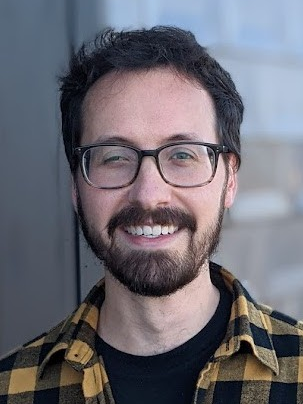
Matthew Amy is a Canada Research Chair in Quantum Computing
Quantum computers are going to need reliable, high-performance quantum software, and computing science professor Matthew Amy is tackling this problem. As CRC in Quantum Computing, Amy researches and designs quantum computation models and quantum algorithms. The goal is to understand and access the real-world computational capabilities and applications of quantum computers.
He and his research team are developing and implementing mathematical techniques across three areas: specification, verification, and optimization. Their efforts will help researchers experiment with available quantum technologies and devices and evaluate the potential of upcoming systems. Over time, the programs they create will support the development of software for large-scale, universal quantum computers.
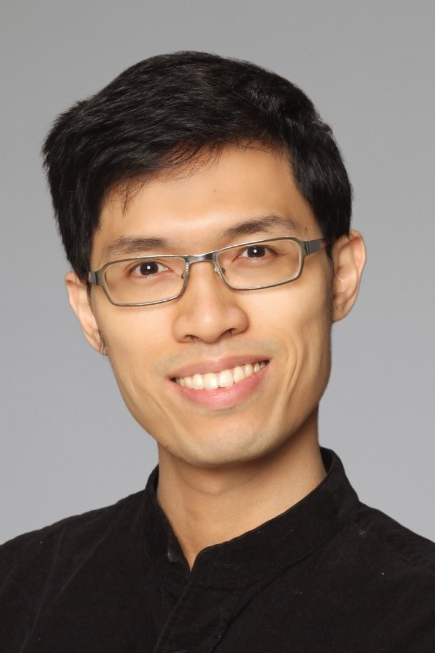
Kero Lau is a Canada Research Chair in Quantum Information Science
Bringing insight into these evolving systems are quantum information theorists like Kero Lau, who studies how to make quantum technology practical. Lau is the CRC in Quantum Information Science, and his Quantum Optics and Information Research Group investigates what future quantum devices may be able to do. How will quantum be used ten to 15 years from now? What will it be capable of? Lau investigates the current imperfect quantum systems, and suggests new strategies to improve them.
According to vice-president research and innovation Dugan O'Neil, it is not surprising that SFU has attracted so many rising stars in quantum technologies.
"SFU's strengths in quantum directly connect with our history of leadership in computing science and materials science," says O'Neil. "From Thewalt's decades of research with silicon to our ground-breaking work in new materials and chemistry, to our focus on sustainable energy we have attracted a critical mass of brilliant researchers to explore and advance the quantum stack."
What's next for SFU? O'Neil says the university is looking to establish a quantum computing institute, to build on the momentum, and connect all the innovators who are building across the quantum stack.
"At SFU, we are envisioning a quantum future where Canadian scientists, Canadian technologies and Canadian companies play a pivotal role."













